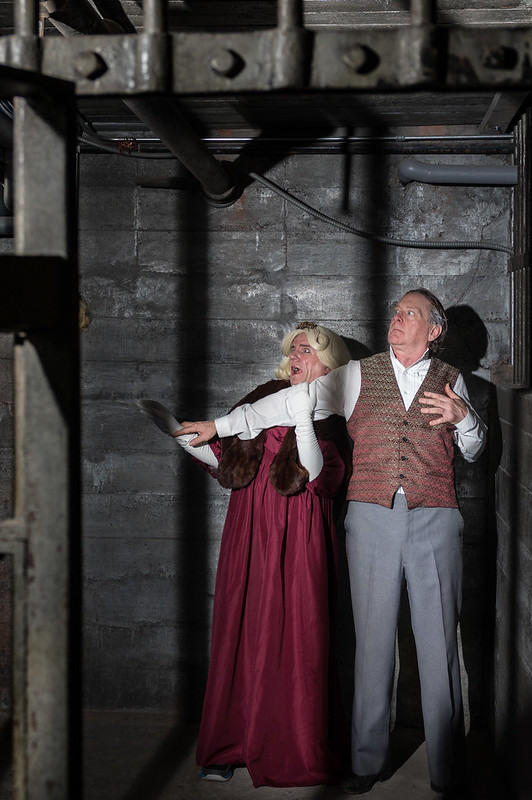 Originally posted by philbaum
Originally posted by philbaum 
Why would one need a light meter?
I agree with you that there is little motivation left to use an external light meter.
Panoguy's point #3 is the best argument remaining: While a meter cannot figure anything out automatically, using an external light meter is the quickest way to establish certain lighting ratios for multiple light sources (e.g., 1:3:4). This still isn't a silver bullet, as the ratio of a hair kicker may need to be 1/3 instead 1/4 of the key light, depending on the subject's hair colour, but it helps to get a reasonable starting point.
Having said that, often one will use one's lights in standard positions with standard distances to the subject and making the power settings manually from recorded notes is quicker than measuring the ratios again.
Regarding #2 from Panoguy's list: Light meters typically support both reflectance and incident metering because there is a use for both. Incident metering can sometimes be replaced by using spot reflectance metering and, again, is not a silver bullet because most of the time photography is not about achieving technically accurate exposures, but expressing artistic intent with deliberate under- or over-exposure.
Finally, I think points #1 and #4 are pretty much the same. With a bit of experience, obtaining the desired exposure without using a light meter does not take considerably longer. And if you want to really want to work professionally, you set up your lights with a test subject before the client comes into play anyhow.


 Similar Threads
Similar Threads 











 Post #2 by panoguy
Post #2 by panoguy








